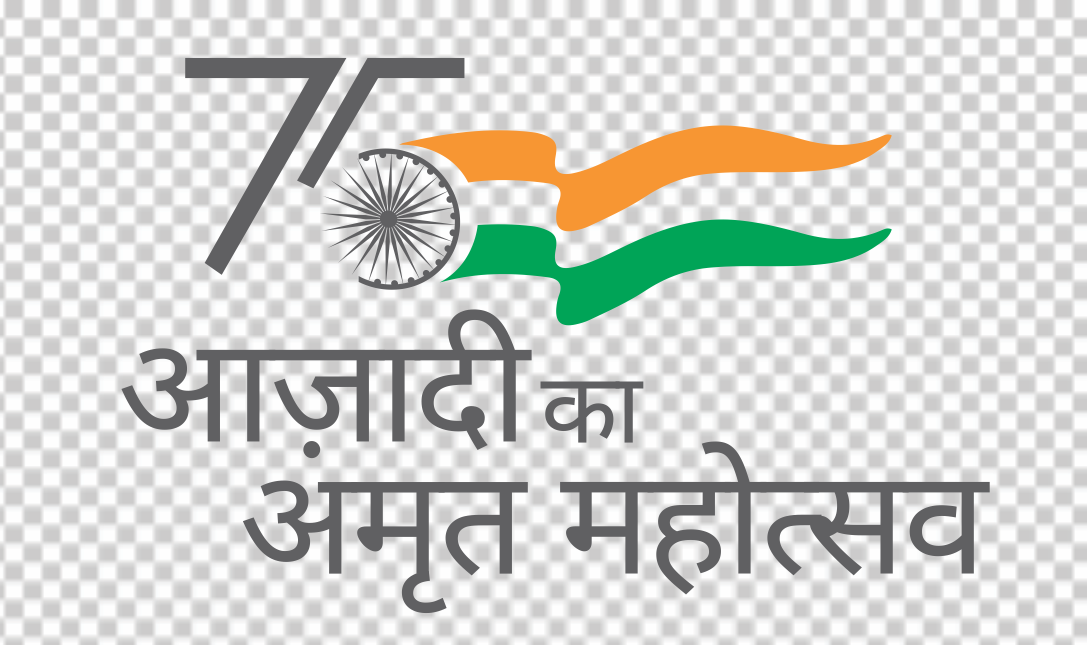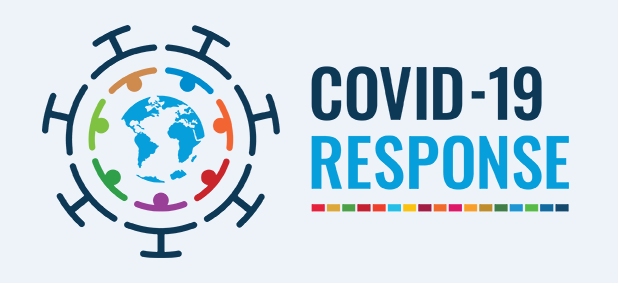For Effective Fundraising, treat Donors
as Partners
For Effective Fundraising, treat Donors
as Partners

Pushpa Sundar
Founder Director, Sampradaan Indian Centre for Philanthropy, New Delhi
Author of Business and Community: The Story of CSR in India
IISD's invited Distinguished Guest Blog
Foreign funding is now a distant dream for many non-governmental organisations (NGOs) in India. Even for those who continue to get it, the amounts have dwindled. The rest of the three million plus NGOs which are said to exist in India have to forage for funds within India.
The decline in foreign aid is not only due to more stringent Foreign Contribution (Regulation) Act norms, but also changing geopolitical realities. The global economy is in turmoil and India is no longer perceived to be in need of aid. For Indian NGOs, therefore, atmanir-bharta (self-reliance) is a must for fundraising. This is no easy task. Most millionaires have their own foundations or philanthropic projects and when they give to other organisations, it is usually on a large scale for scientific or medical research, or building institutions. Smaller NGOs do not figure on their radars.
That leaves the middle class. Though it has grown exponentially after Independence, the pandemic has left it weary of giving to social causes, as opposed to small charities. I have full sympathy with the Sung travails faced by small and middlesized Indian NGOs, having been closely involved in more than one. But that does not excuse the kind of aggressive fundraising resorted to by some these days. They. mostly young sounding girls, call up a likely donor, at any time of day, and even night. There is always a tragic story about a child or someone needing medical or other assistance. If asked about the organisation, they give a name about which one knows nothing. Asking them not to call again is no use. They pop up on SMS and WhatsApp. You can tell them that you do not give to unverified NGOS, or even block the number, but it does not matter. The same message is repeated from another number. If one gives, one will be bombarded for further requests, in as soon as a week.
Having become a victim of such practices recently, I have had enough. Mind you, I have been giving to a long and stable list of NGOs for many years now. I have chosen these after a careful scrutiny of their credentials, performance, and the match of their vision and mission with my own philanthropic interests. But now I have taken one or two of them off my list, showing that aggressive fundraising can be counterproductive. I believe giving should be a purely voluntary gesture springing from compassion and a desire to see transformative change.
It should not be the result of coercion. Though guilt is a powerful motive, even Oxfam and other western charities have given up showing pitiable pictures of starving, emaciated or sick children in Africa and elsewhere after protests that such representation robs that nation and the beneficiaries of their dignity.
This trend in fundraising is because some NGOs are outsourcing their fundraising to marketing firms where the employees procure all contact details of likely donors, just as other marketers do, and then use similar tactics. Instead, Indian NGOs can benefit from the approach of a Canadian organisation, The Stop Community Food Centre, a non-profit that provides emergency food access, community building programmes and urban agriculture. They have adopted community-centric fundraising (CCF), treating donors not only as funders but as partners who benefit from meaningfully supporting the community. They invite donors to sign petitions, provide education on the community's top public policy concerns, but also do not shy away from havndar ing conversations about the ethics of the giving - origins of the donor's wealth, racism, tax evasion and so on. Instead of organising elitist gala events, they hold community events where people can donate as much or as little as they want.
Simultaneous to changing their donor strategy, they surveyed their service users to find out the most pressing public concerns and then used the information to advocate for them and connect with organisations addressing these issues. They also wrote to elected representatives. Surprisingly, their revenues have gone up when they stopped being donor-centric. Three of their practices are worthy of emulation: One, they started auditing their fundraising methods. This helped rule out unethical or aggressive techniques. Two, they started educating the board and the organisation about the strategy of making donations more community-centric. Three, they learned to engage their audiences in a push for systemic change.
Preying on guilt or pity is one way to elicit funds. A better way is to make a donor feel a partner in the work.
___________________________
Pushpa Sundar is the Founder Director, Sampradaan Indian Centre for Philanthropy, New Delhi
Author of Business and Community: The Story of CSR in India
IISD's invited Distinguished Guest Blog

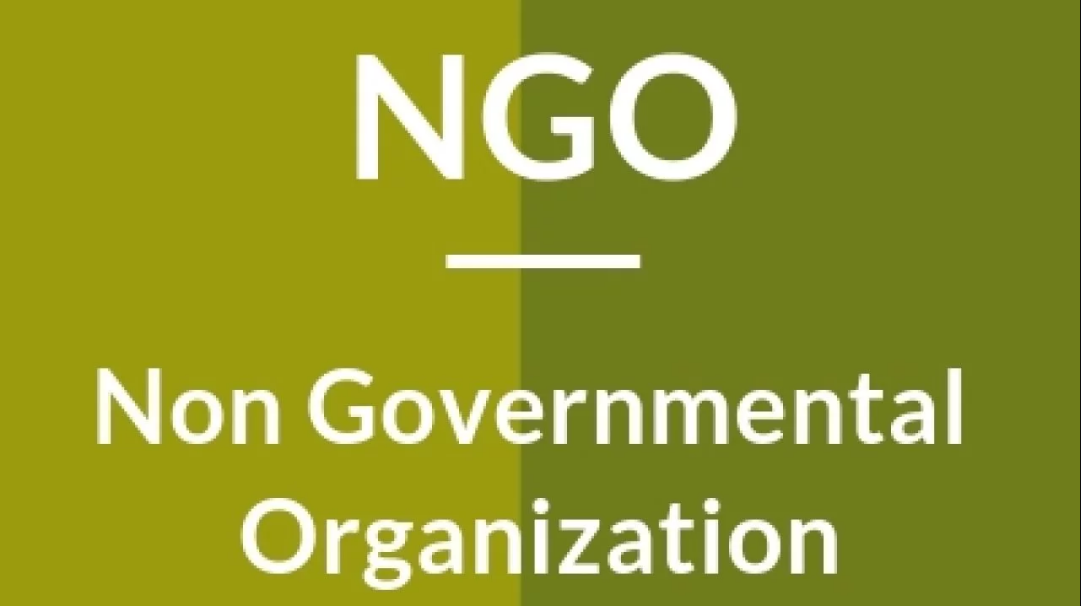
Non-Governmental Organisations (NGOs)
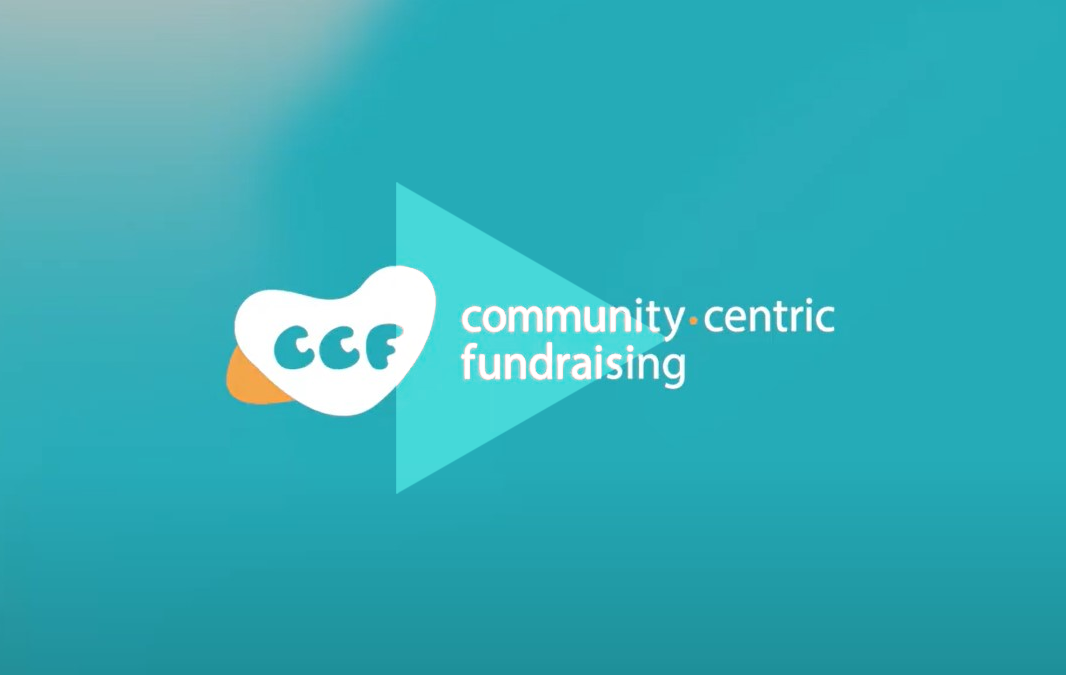
Community-Centric Fundraising (CCF)
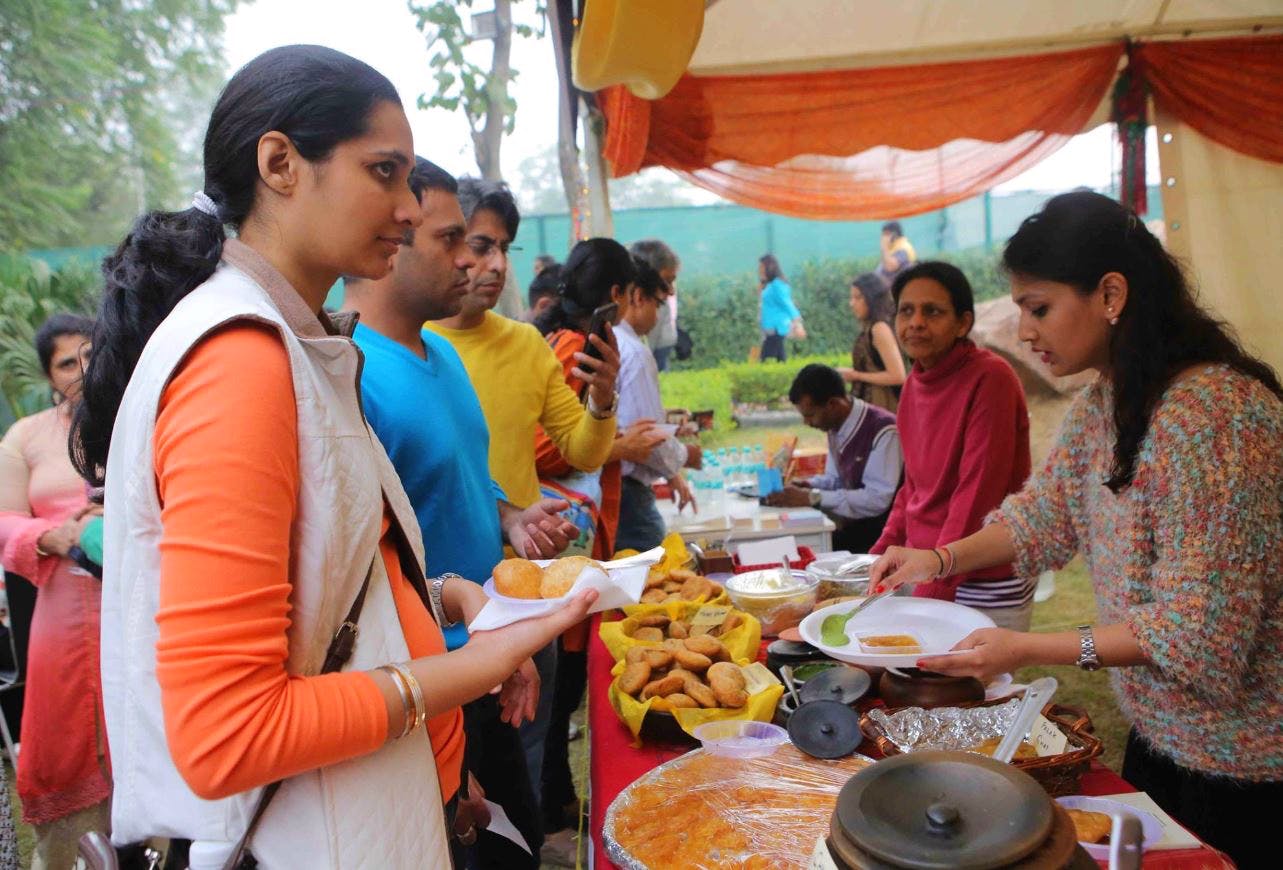
Community Food Centre

Charity
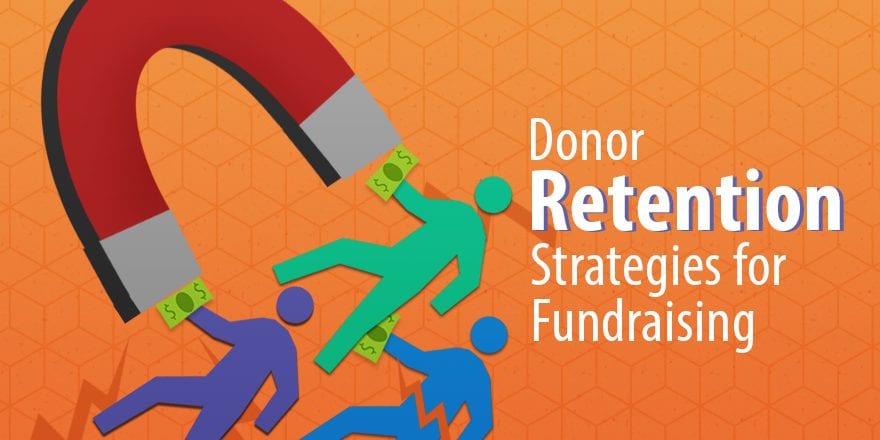
Donor Strategy

Fundraising
